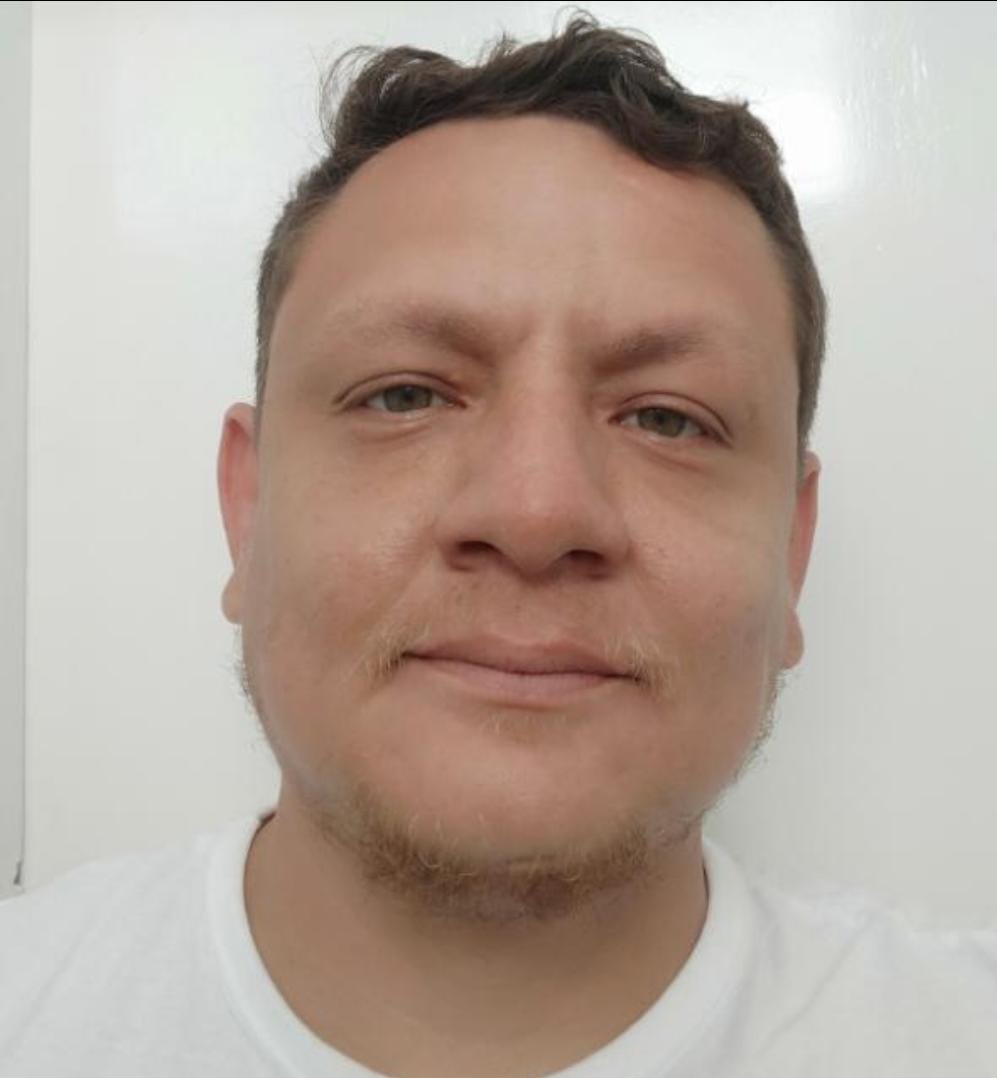FUVEST 2019
TEXTO PARA A QUESTÃO.

For most, The Gateway International Bridge functions as
it should, allowing people to get between the U.S. and
Mexico. But on a hot Sunday afternoon, a dozen migrants at
the mouth of the bridge weren’t getting anywhere at all.
[5] They had been told, once again, to wait.
At a press conference the next day, President Trump once
again touted the border wall he has promised supporters.
“The wall is getting longer and taller and stronger each and
every day”, he said, even though construction has not
[10] begun. The President’s characterization of the physical wall
was false, but his Administration has effectively erected an
invisible one.
It is built, in part, from situations like the one at the
bridge, which illustrates the problem with this kind of
[15] barrier. The practices that Trump praises for keeping out
criminals also punish those who are trying to follow the
rules.
Those migrants who spoke to TIME at the bridge had
varied stories but shared a determination to cross. Some
[20] understood a bit of what could happen to them next. How
long could it take to get processed? And if they did
ultimately apply for asylum, it remained to be seen whether
their stories would qualify. The regulations governing such
matters are complicated, and the vast majority who apply
[20] are rejected. But in theory, their fates would be decided at
immigration courts, not at the border.
TIME, August 23, 2018. Adaptado.
Com base no texto e nos fatos que envolveram a política imigratória dos EUA em junho de 2018, é correto afirmar:
O presidente Donald Trump, por pressão do Conselho de Direitos Humanos da Organização das Nações Unidas (ONU), flexibilizou a punição aos imigrantes ilegais, passando a tratar os casos em cortes de imigração e não mais por meio de indiciamento criminal.
O presidente Donald Trump finalizou a construção do muro na fronteira México‐EUA, desde a costa leste até a oeste, com o objetivo de conter a nova onda imigratória de venezuelanos e hondurenhos.
Imigrantes mexicanos que seguiram as regras oficiais para imigração nos EUA obtiveram concessão de asilo político em curto prazo, especialmente nas cortes da Califórnia, tradicional reduto conservador e base eleitoral do presidente Donald Trump.
A construção de uma barreira física entre México e EUA visa, segundo o presidente Donald Trump, consolidar um estado fronteiriço, no qual os imigrantes deverão permanecer algum tempo antes de ingressarem em outras partes do país.
As barreiras construídas entre México e EUA são, além de físicas, também psicológicas, como pôde ser visto no caso em que milhares de crianças imigrantes foram separadas de suas famílias.
E mais: nota TRI a todo o momento.





